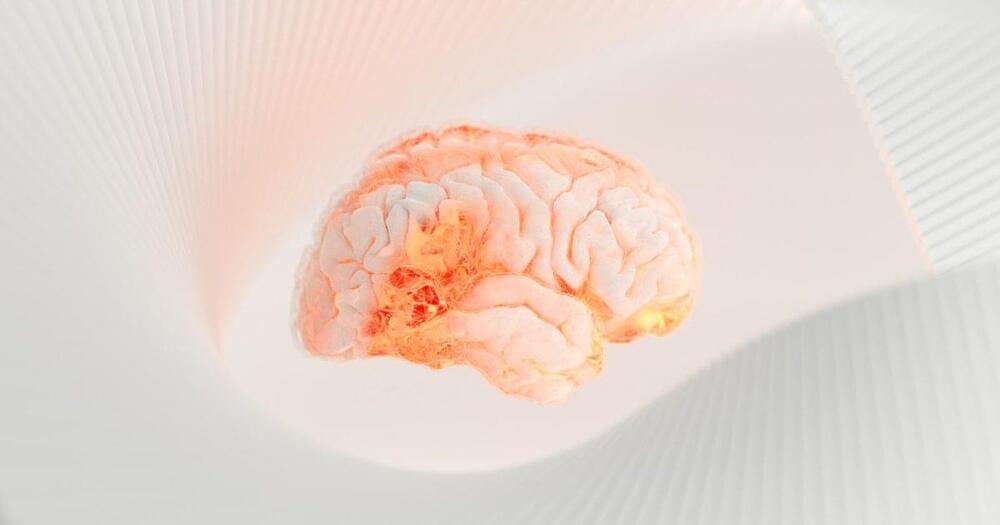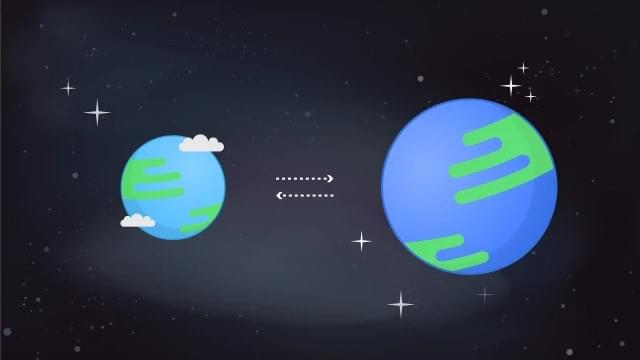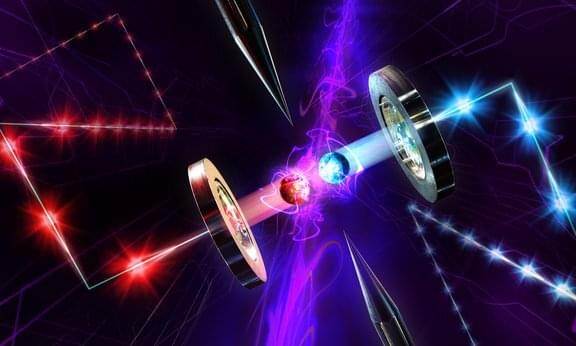Scientists stimulated the brains of macaque monkeys in an effort to determine which areas are responsible for driving consciousness.



A paralysed man has regained the ability to walk smoothly using only his thoughts for the first time, researchers said on Wednesday, thanks to two implants that restored communication between brain and spinal cord.
The patient Gert-Jan, who did not want to reveal his surname, said the breakthrough had given him “a freedom that I did not have” before.
The 40-year-old Dutchman has been paralysed in his legs for more than a decade after suffering a spinal cord injury during a bicycle accident.

Electrifying transportation is an essential step towards mitigating climate change. To improve the power, efficiency and safety of electric vehicles, researchers must continue to develop better batteries.
All-solid-state lithium batteries (SSBs), which have a solid electrolyte instead of a liquid, are safer than traditional lithium-ion batteries because they are less flammable and more stable at higher temperatures. They could also have higher energy densities than lithium-ion batteries, allowing for longer lasting batteries in smaller sizes for portable electronics and other applications.
A research team led by Joshua Gallaway of Northeastern University in Boston and scientists at the Department of Energy’s (DOE) Argonne National Laboratory recently tested how the composition of thick cathodes affected electrochemical reactions in SSBs. The team used the resources of the Advanced Photon Source (APS), a DOE Office of Science user facility at Argonne. Their discoveries were published in the journal ACS Energy Letters.

Is there a planet out there even better than Earth, a superhabitable world? Or is there no place like Home? Posted on Big Think, direct link at https://www.searchforlifeintheuniverse.com/post/is-there-a-p…than-earth
Video I found on wearable robots.
Introducing an innovative solution that enhances your mobility WIM:
- It provides easy and safe walking.
- It enables effective exercise.
- It guides and reinforces your gait performance.
Specification.
- Light weight 1.4kg.
- Portable small size 24cm x 10cm.
- World best performance 20% energy saving (Level ground walking)
www.wirobotics.com.
[email protected].
#wearabledevices #robot #WearableRobot #Exoskeleton #wearablemobility


May 22 (Reuters) — ChatGPT’s creator OpenAI is testing how to gather broad input on decisions impacting its artificial intelligence, its president Greg Brockman said on Monday.
At AI Forward, an event in San Francisco hosted by Goldman Sachs Group Inc (GS.N) and SV Angel, Brockman discussed the broad contours of how the maker of the wildly popular chatbot is seeking regulation of AI globally.
One announcement he previewed is akin to the model of Wikipedia, which he said requires people with diverse views to coalesce and agree on the encyclopedia’s entries.

An ex-Apple exec who helped invent the iPhone is now trying to invent an “iPhone killer,” and thanks to a leaked video from a TED presentation, we now have our first glimpse at his secretive startup’s creation — but the available video only leads to more questions.
The startup: In 2016, Imran Chaudhri (then-director of design for Apple’s human interface team) and his wife Bethany Bongiorno (then-director for Apple’s operating systems team) quit the company to found their own startup: Humane.
Since then, the company has kept details of what it’s been working on close to its chest, but thanks to job openings posted on Humane’s website and some uncovered patent applications, by 2021, it seemed likely that the startup was developing some sort of personal tech device.

A quarter century ago, theoretical physicists at the University of Innsbruck made the first proposal on how to transmit quantum information via quantum repeaters over long distances, which would open the door to the construction of a worldwide quantum information network.
Now, a new generation of Innsbruck researchers has built a quantum repeater node for the standard wavelength of telecommunication networks and transmitted quantum information over tens of kilometers. The study is published in the journal Physical Review Letters.
Quantum networks connect quantum processors or quantum sensors with each other. This allows tap-proof communication and high-performance distributed sensor networks. Between network nodes, quantum information is exchanged by photons that travel through optical waveguides. Over long distances, however, the likelihood of photons being lost increases dramatically.
